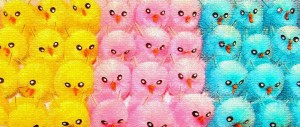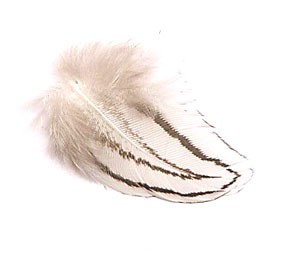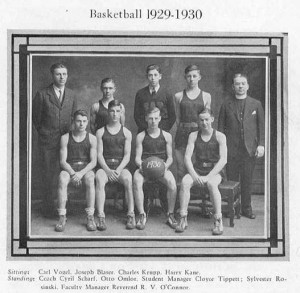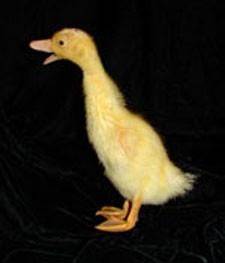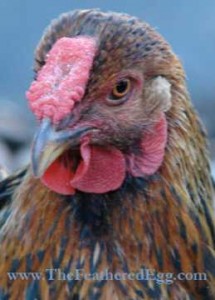As I build my series on Step by Step Self Publishing, I keep trying to start at the beginning… with Write The Book… but current life and topics keep popping up.
Because this is blogging.
It’s more spontaneous, closer to live action, more like real life.
Not disorganized. No way!
For authors, publishing starts after we think we are finished.
So for authors, self publishing advice includes the topic of writing the book. And my advice for authors considering self publishing is to write another book and publish it as well. Don’t stop with just one book – use the time, effort, and self education to put out more books! But first, we have to write it.
Out of the millions of ways to write a book, I can think of three:
1) Do something and write about it
2) Find someone who did something and write about them
3) Make something up completely from scratch and write about it
I started with number one. I did something, and I wrote about it… my memoir about raising poultry and a family in hard times, titled “Just a Couple of Chickens”
Now I’m almost finished with my second book, using approach number 2. I’ve found someone who did something, and I’m writing about him. My grandfather, Col. C. J. Tippett, did several very interesting things in aviation history as well as being a fascinating person in an extraordinary time.
Number 3 seems the hardest. To make something up completely from scratch and write about it. I do have my secret manuscript just like every other writer, my blockbuster sci-fi space opera, bodice-ripper… (space-suit ripper?) but in the meantime, I’m going back to methods 1 and 2 and writing sequels to my first two books.
Because if Write It is the first step in self publishing, then Write a Sequel and Do It All Over Again is the last… that’s just good publishing advice.


